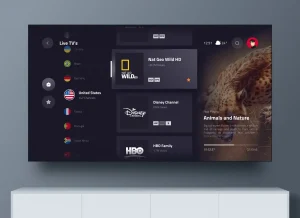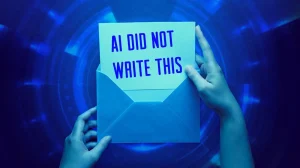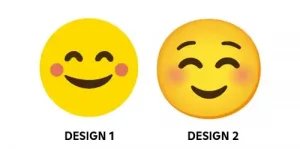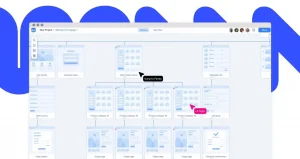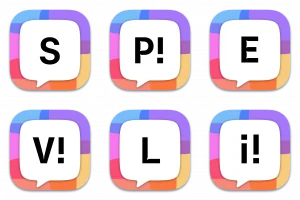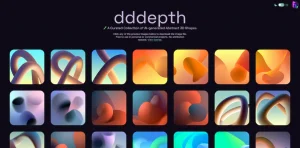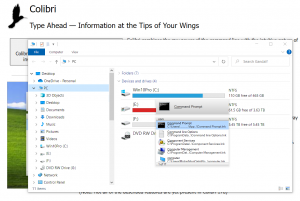10 beginning design principles for a user-led startup
Design principles are guidelines that designers follow to create aesthetically pleasing and functional designs. These principles can be applied to a wide range of design disciplines, including graphic design, interior design, architecture, and product design. Some common design principles include balance, contrast, hierarchy, unity, and simplicity.




